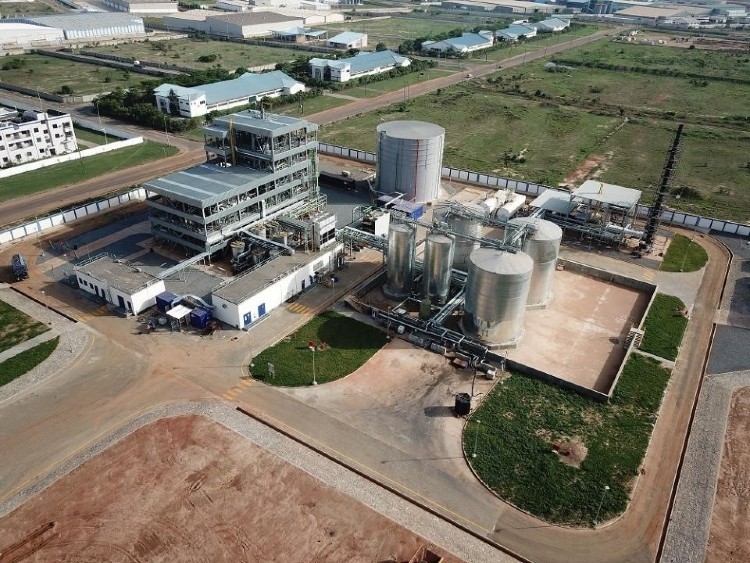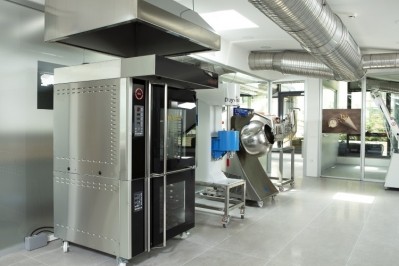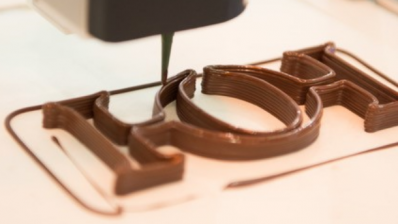Processing
Bunge Loders Croklaan increases shea butter production with new plant in Ghana

Bunge Loders Croklaan (BLC), the specialty oils and fats business of Bunge Limited, has announced the opening of its state-of-the-art shea butter processing facility in Tema, Ghana, which is also the largest of its kind in Africa.
The facility is BLC’s first shea processing plant in Africa and currently employs 73 people from the local community.
“The facility is a fully automated solvent fractionation plant that processes raw shea butter made from locally collected and crushed shea nuts,” said Antoine Turpin, general manager West Africa at BLC.
“Currently, the facility provides employment to 73 people from mostly the local community. Its strategic location not only allows for a more efficient production process, it also delivers on BLC’s commitment to building a more sustainable supply chain for shea.”
Where Life Grows
Shea butter is a fat extracted from the nut of the African shea tree and BLC has also announced an expansion of its Where Life Grows sustainability programme to build a resilient and sustainable shea supply chain in Africa.
More than 16 million women in Africa living in rural communities and their families depend on the shea industry to financially support their households and contribute to their communities.
“Our latest investment in Ghana plays a critical role in strengthening BLC’s global infrastructure for processing and supplying high-quality shea products to our customers around the world, while also bolstering the entire ecosystem of regional crushers and local shea collectors in the West African region,” said Aaron Buettner, president BLC.
“The facility allows us to meaningfully support and empower the local shea communities through the transfer of knowledge of value adding processes and by investing in local skills development.”





